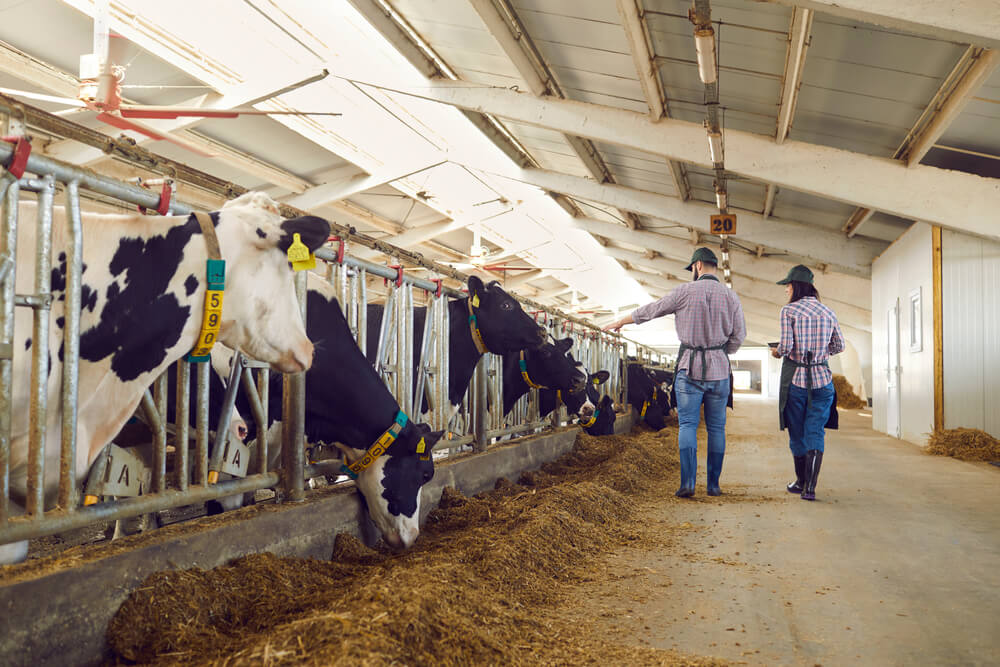Discover Why Turnover in Your Field Team Could be Costing You Millions…And What To Do About It
Hiring new sales people isn’t an activity that most people enjoy… unless they’re a recruitment consultant who makes commission on it! I certainly didn’t enjoy my last round of recruitment. It took nine months…that’s right, nine months to source the right candidate. I could have created a new human being in that time (though the time required to upskill that individual would have been impractical for recruitment purposes!).
Recruitment distracted me from my day job: I’m sure everyone involved in this activity would empathise with me. Anecdotally, every new recruit takes up six or seven working days from existing managers and thus affects everyday operational performance.
Unfortunately, for sales leaders, the problem rears its ugly head even more often than for their peers in other disciplines, with the Harvard Business Review (2017) finding that turnover of salespeople is around 27% a year – more than double the rate in other business functions – with a LinkedIn study the same year putting the figure as high as a staggering 35%.
Finding the right person for a role is a time-consuming business and very few organisations can claim a 100% success rate, however rigorously they screen, assess and interview candidates. A global survey conducted online by Harris Interactive, canvassing more than 6,000 hiring managers and HR professionals, found that over half the companies had been affected by a bad hire.
If you’re recruiting to grow your team, that’s a good news story, but even so, bringing new people into a well-balanced field team can create tensions and pressures that affect performance. If you’re hiring to replace a trusted team member who’s moved on, it can be hard for a newbie to step into their shoes and the team’s stability may suffer.
Putting a Price on the Gaps
It’s a rare situation when one sales rep seamlessly hands on the baton to their successor. More commonly, there’s a gap when a territory is left exposed. Sales education specialist De Paul University estimated that it takes an average of just over six months to fill an open position.
That may be higher for field sales, lost sales on that territory could make a €45,068 ($50,000) dent in your bottom line, according to De Paul University, during the period when your competitors are influencing key decision makers, unchallenged. Of course, it depends what you’re selling and to whom, but that figure could equally be an underestimate if you’re in the market to sell or merchandise higher value goods or tech.
How do you measure the impact on current and future revenue if customers or outlets miss one, two or half a dozen regular visits? What happens to the rest of the team’s performance if they’re asked to step up and cover the missing rep’s client calls while you find and induct a replacement?
If you have the data, you might be able to quantify a drop in the orders your reps or place or sales they record, and observe a rise in the popularity of your rivals’ goods amongst your customers. How long will it take to reverse that trend across neglected outlets? You might never make up the ground without extra investment in promotions or support to tempt them back.
The Total Cost of Recruitment, Induction and Training
Recruitment is one cost that’s fairly easy to size, in terms of advertising, agency fees, interviewing, HR admin, induction and equipping a starter. De Paul University conducted research in the US into the cost of sales rep turnover. They estimate €26,139 ($29,000) for hiring, up to the point when the new candidate walks in on day one and training typically adds €32,449 ($36,000): even a skilled and experienced rep from a direct competitor needs to learn about your organisation’s processes, your products, your systems and tools and unfamiliar customer accounts.
Maximum Alertness, Minimum Recruitment
The total estimated cost of replacing a rep, according to De Paul University, is therefore €103,655 ($115,000). What’s your turnover rate? Using Harvard Business Review (2017) figures, if you have 27 reps per year moving on, your organisation has lost over €2,817,912 ($3,105,000) in profit. And in a profession where skills are transferable and high performers are in demand, there’s plenty of pressure on employers to retain their best people.
Managers of rep teams and divisions need to keep an eagle eye on trends and factors that influence attrition – through observation, good communication with reps and from data analytics. Any warning sign of increasing rep turnover needs investigating. When reps move on, it’s critical to find out why.
There are things you can do to minimise ‘push’ factors: work-life balance is a key priority. In our thirty years as Field Sales Planning specialists we’ve seen businesses get this wrong time and time again. If you have too many reps, staffing and associated costs are higher than they should be as well as reps being under-utilised. If there are too few, reps will feel stressed, overworked and generally disgruntled. Either scenario can fuel attrition, forcing a business to recruit once again and perpetuate operational instability and a lack of coverage.
Recent analysis by CACI shows that 32% of a sales person’s time is spent behind the wheel, the impact of recruiting in the wrong location can lead to sales reps having to commute a whopping 43% more than if we can recruit them in the ideal location.
Breaking The Cycle: How to Sustain an Optimal Rep Team
If you want to hear more about how CACI’s Field Force expertise can help your company reduce recruitment costs, improve rep retention rates through better work-life balance and employ the right number of field sales reps in the right location, get in touch now.
CACI has investigated the effects of work-life balance and how it can affect a field sales team. If you’d like more information click here to download our white paper.









